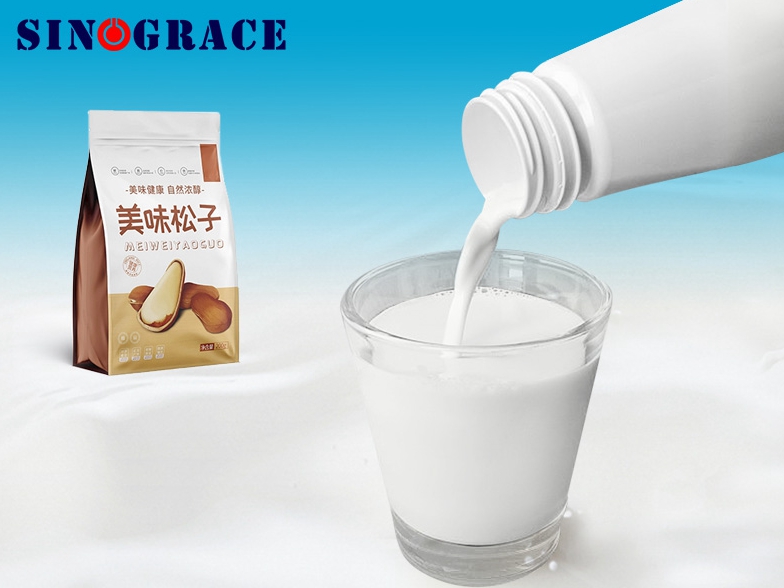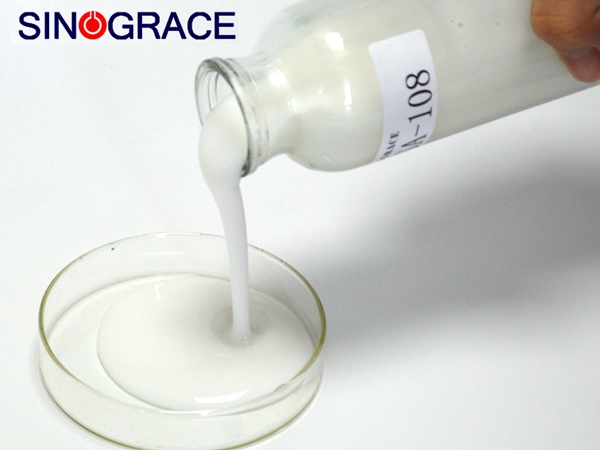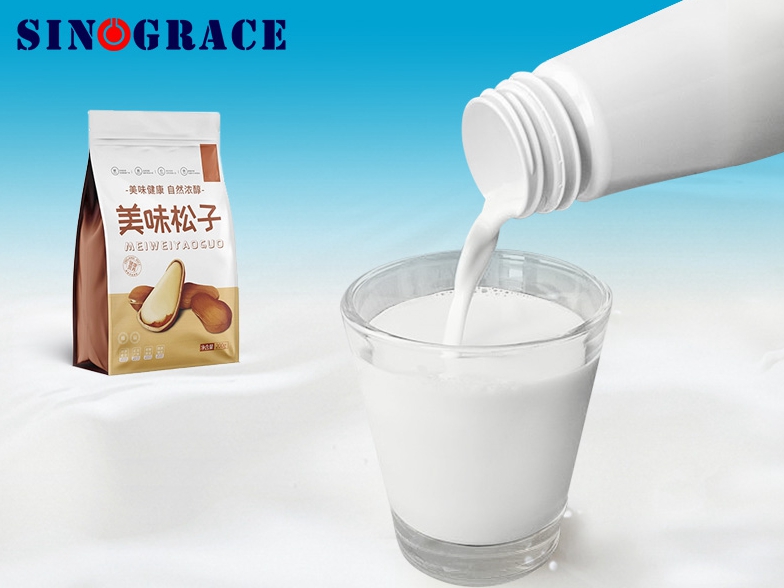Common process of packaging printing (Part 1)
Color printing packaging is light in weight, easy to carry, and the source of raw materials is wide, and it is widely used in food, traditional Chinese medicine, daily necessities and other industries. Do you know what are the common production processes of packaging? First, the film Laminating process is a kind of surface processing process, after printing is completed, this process is also called "plastic", "laminating", "laminating", through hot pressing on the surface of paper products with a layer of transparent plastic film, so that the surface of the printed matter more shiny, on the other hand, the printed matter also played a protective role, this is laminating, at present, The film coating process is often used for book covers, picture albums, postcards and maps. Two, hot stamping Hot stamping is to first make the pattern or text that needs to be hot stamped into a convex plate, and with the help of hot pressing method, a variety of aluminum foil sheets are printed on the substrate, showing a strong metallic light, so that the product has a good texture. It is often used for decoration of household appliances and electronic products. Three, die cutting indentation Die-cutting indentation is a process of post-printing processing, which will no longer limit the edge shape to right angles according to its own desired graphic specifications. The indentation process is to use a wire cutter or a wire die to press out line marks on the sheet material through the action of pressure, or use a rolling wheel to roll out line marks on the sheet material, so that the sheet material can be bent and formed according to a predetermined position. With the improvement of people's exquisite degree of product printing and environmental protection requirements, there are more and more production methods of printing and packaging, as long as one of the above processes is mastered, it will be able to better speed up the production process.
read more

 English
English français
français русский
русский español
español العربية
العربية







